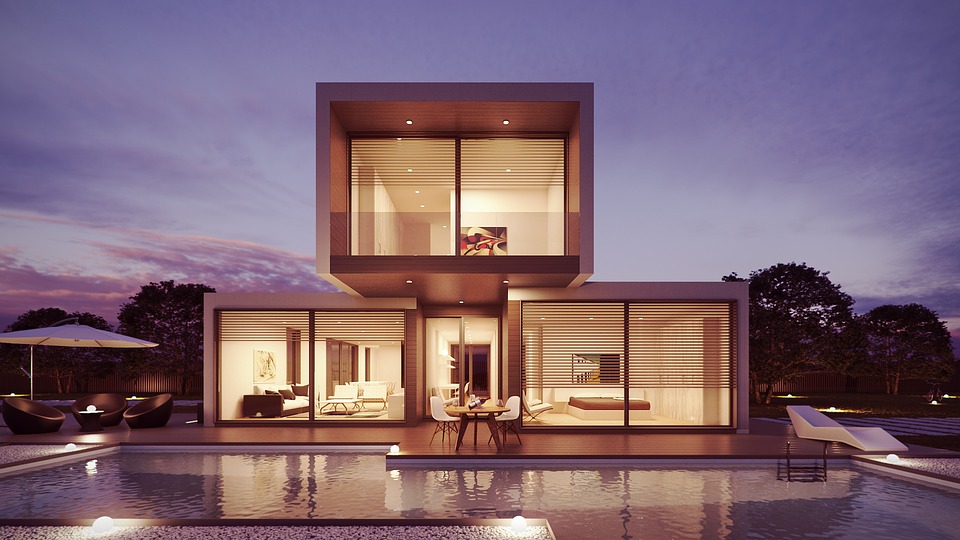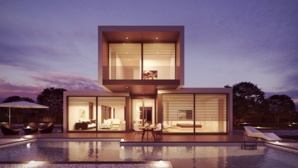Dailycsr.com – 27 December 2016 – It is now twenty long years since Cisco diverted the conventional phone line communication to “data lines” resulting in VoIP communication systems. After five years if gap, Cisco brought in “closed-circuit cameras onto the same lines” whereby letting the property owners especially in commercial lines to merge “data, voice and camera functions” within the same network.
The above mentioned steps were part of Cisco’s “Internet of Everything Solutions group”, which still remains an ongoing endeavour that attempts to weave “various building features and functions”. In the year of 2016, Cisco created a “significant” mark in the same direction by launching “Digital Ceiling offering”.
Digital Ceiling is a “product linking voice, data and cameras” that connects to various building operative systems like “lighting, heating and cooling, as well as sensor technologies” enabling one to track “room occupancy and use of space” among other things for optimise use of a building. As Baekelmans said:
“We believe that it is time that more of the resources within buildings that are typically on separate networks start to converge over the same network. That is basically the vision of the Digital Ceiling. More and more endpoints and capabilities in your building converge on that same network, and because of that, you can create new capabilities and new experiences that you could not achieve before by keeping everything separate.”
Nevertheless, lights alone cannot be sufficient; therefore Baekelmans remarks:
“They are also sensors. And these sensors are giving you the data you need to run and optimize your building”.
As a result, the system eliminates the need for “individual thermostats” in a room given its heating, cooling and light systems and allows a direct interaction between these various sensors. However, Baekelmans reports that there is yet more to the Digital Ceiling than what meets the eyes:
“We have now integrated into the [Digital Ceiling] ecosystem [technology] that can detect the number of people in a room in real time. That is important because you want to start understanding the characteristics of your building and understanding how your building is really being used and how you can optimize the space.”
Digital Ceiling, thus, possesses an ability to “better understand” the usage of a building with features like “better integrated lighting and HVAC systems” which promotes lower costs and streamlines operations. Furthermore, it also can “predict building usage”. As Gedye stated:
“To me, what is exciting about the sensor-led approach is when we move from historic or present reporting activity or use—we knew who was using that building yesterday, or we know, currently, who is in the room—to anticipating and predicting future use. Because that is the bit that most owners and occupiers would love to get their arms around. How do I predict the future demands on my space both in terms of seats and services? And then you can start to provide these products not just on a contractual basis, but on a service basis.”
“Right now we typically charge [occupants] for the use of a seat per year, and the user pays an allocation for the cost of that seat. There is often no incentive for the business user to make better use of that seat because they have already paid for it”.
While, speaking about the flexible nature of Digital Ceiling, Gedye added:
“When you start to be able to control not only the provision of the space but the utilization of the space on a real-time and predictive basis, you can start to charge not by the year but by the day or by the hour or by the actual real-time use, and therefore, you can start to use your resources more efficiently. The flexibility of the digitally connected ceiling also allows for a far more personalized user experience because lighting, the physical environment and technologies can all be configured automatically to the preferences of the user. The provision of workplaces will truly become all about delivering customer services and experiences.”
However, Gedye notes that:
“This trend is very much in its infancy because there hasn’t previously been a way to deliver the service in a way that the benefits are actually measurable”.
While, the change is brooding around the corner of tomorrow.
References:
ethicalperformance.com
The above mentioned steps were part of Cisco’s “Internet of Everything Solutions group”, which still remains an ongoing endeavour that attempts to weave “various building features and functions”. In the year of 2016, Cisco created a “significant” mark in the same direction by launching “Digital Ceiling offering”.
Digital Ceiling is a “product linking voice, data and cameras” that connects to various building operative systems like “lighting, heating and cooling, as well as sensor technologies” enabling one to track “room occupancy and use of space” among other things for optimise use of a building. As Baekelmans said:
“We believe that it is time that more of the resources within buildings that are typically on separate networks start to converge over the same network. That is basically the vision of the Digital Ceiling. More and more endpoints and capabilities in your building converge on that same network, and because of that, you can create new capabilities and new experiences that you could not achieve before by keeping everything separate.”
Nevertheless, lights alone cannot be sufficient; therefore Baekelmans remarks:
“They are also sensors. And these sensors are giving you the data you need to run and optimize your building”.
As a result, the system eliminates the need for “individual thermostats” in a room given its heating, cooling and light systems and allows a direct interaction between these various sensors. However, Baekelmans reports that there is yet more to the Digital Ceiling than what meets the eyes:
“We have now integrated into the [Digital Ceiling] ecosystem [technology] that can detect the number of people in a room in real time. That is important because you want to start understanding the characteristics of your building and understanding how your building is really being used and how you can optimize the space.”
Digital Ceiling, thus, possesses an ability to “better understand” the usage of a building with features like “better integrated lighting and HVAC systems” which promotes lower costs and streamlines operations. Furthermore, it also can “predict building usage”. As Gedye stated:
“To me, what is exciting about the sensor-led approach is when we move from historic or present reporting activity or use—we knew who was using that building yesterday, or we know, currently, who is in the room—to anticipating and predicting future use. Because that is the bit that most owners and occupiers would love to get their arms around. How do I predict the future demands on my space both in terms of seats and services? And then you can start to provide these products not just on a contractual basis, but on a service basis.”
“Right now we typically charge [occupants] for the use of a seat per year, and the user pays an allocation for the cost of that seat. There is often no incentive for the business user to make better use of that seat because they have already paid for it”.
While, speaking about the flexible nature of Digital Ceiling, Gedye added:
“When you start to be able to control not only the provision of the space but the utilization of the space on a real-time and predictive basis, you can start to charge not by the year but by the day or by the hour or by the actual real-time use, and therefore, you can start to use your resources more efficiently. The flexibility of the digitally connected ceiling also allows for a far more personalized user experience because lighting, the physical environment and technologies can all be configured automatically to the preferences of the user. The provision of workplaces will truly become all about delivering customer services and experiences.”
However, Gedye notes that:
“This trend is very much in its infancy because there hasn’t previously been a way to deliver the service in a way that the benefits are actually measurable”.
While, the change is brooding around the corner of tomorrow.
References:
ethicalperformance.com


 Converging Under The Same Network, Cisco’s Digital Ceiling Provides Prognostic Data
Converging Under The Same Network, Cisco’s Digital Ceiling Provides Prognostic Data





 Companies
Companies